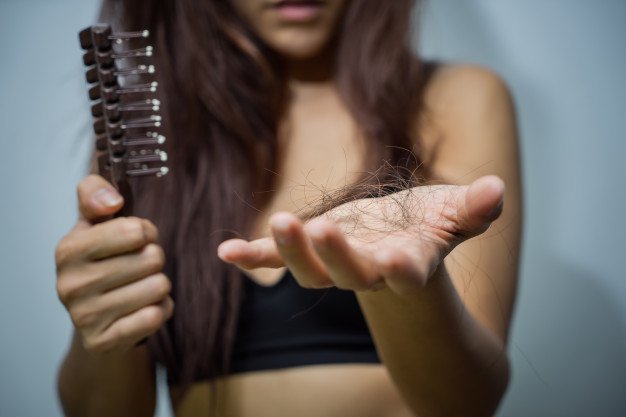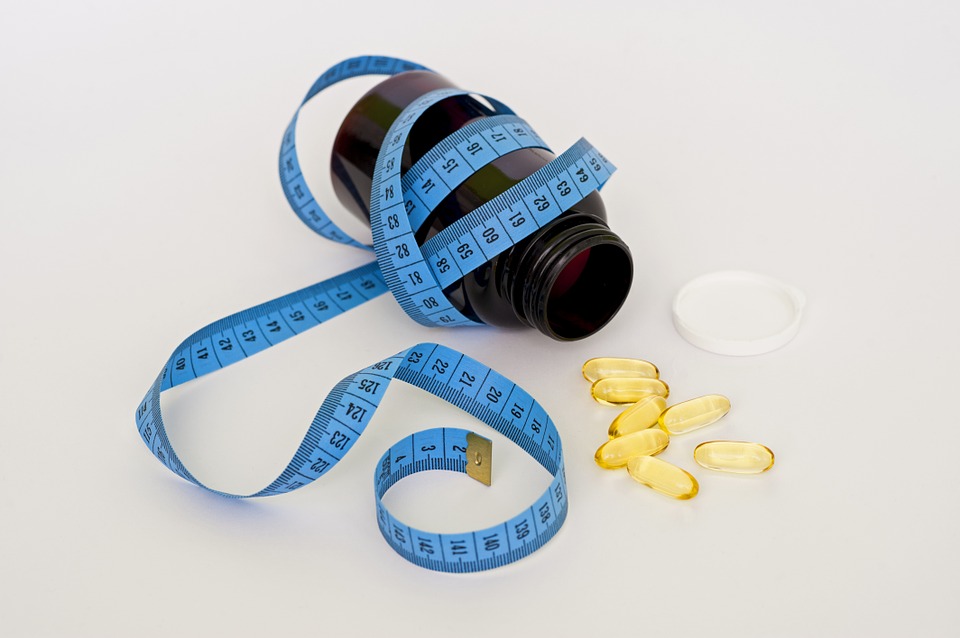Dr. Ashish Dutta who is also known as Dr. Ash Dutta is one of the few highly trained and accredited surgeons in the UK. He is the Founder of Aesthetic Beauty Centre, a highly equipped cosmetic clinic in London, Sunderland, Newcastle, and Liverpool.
When an average guy (or woman) starts noticing that the hair thickness on his/her head is reducing, it’s usually the internet, or sometimes one’s peers (if any of them happen to have had any sort of treatment), that are first ‘consulted’ for advice. Now the issue here is that the internet (or the peers) will generally come up with medical language like FUE, FUT, which sound like an alien language when heard for the first time. But before jumping in, we must fully understand what the aforementioned techniques actually are, and which is best suited for you.
For the ladies reading this post, you may want to check out our blog about thinning hair in women: http://blog.becosmetic.com/thinning-hair-in-women/
What is FUE Technique?
Follicular Unit Extraction (FUE) is a type of hair transplantation technique in which a patient’s hair is extracted in naturally occurring groups of 1-4 hairs, called follicular unit grafts. These grafts are safely removed from the patient’s donor area (usually back of the head) using a micro-punch of 0.8 to 1 mm size. The size of the punch minimizes the potential damage to the scalp, thus reducing scarring. Rather you are left with tiny dot scars instead of a linear scar, hence no sutures are needed and healing time is quicker. This is great news for those of you who like to wear your hair very short
How is FUE is performed and what are the pros and cons?
Preparation of the Donor Area:
Usually, the donor area is trimmed short/shaved so that the surgeon has the better sight of the donor’s scalp and can easily extract each donor follicle.
Follicular Unit Placement:
Hair follicles (follicular unit grafts) contain 1 to 4 or in rare cases 5 or 6 hairs each, and the careful placement of these follicles provides the foundation for recreating natural-looking results. The graft placement process for FUE and the other common hair transplantation technique FUT, is identical, although results may depend on the skills of the surgeon and the length of the procedure.
The surgeon makes incisions in the recipient area of the patient, keeping in mind the patient’s natural hair growth pattern. The hair follicles are then implanted one by one.
Donor Area Healing:
The small incisions on the donor area from where the follicular units were extracted heal completely in 7-10 days. The apertures shrink as they heal, meaning the dot scars are seen only upon close examination. As mentioned before, stitches are not necessary.
Hair Growth:
Implanted hair grows in the same manner as one’s native hair. After about 75-90 days following the procedure, new hair begins to grow. Generally by the 6-month mark patients may experience a good deal of growth, although it can take up to 12 months to reach full growth. The native hair in the donor area continues to grow naturally
ADVANTAGES OVER FUT:
FUT surgery involves taking a strip of skin from the scalp in the donor area, hence it requires good scalp elasticity so the strip can then be ‘closed’ (sutured). Therefore FUE is a better treatment for those with a tight scalp or for patients with fibrous skin
Here’s a summary of the FUE Advantages:
- Patients can keep short hair
- Compared to FUT, it is considered to be less traumatic and minimally invasive.
- Patients may return to work soon after the procedure as the post-operative recovery time is minimal
- The scars in the donor area of the patient are much less visible
- Stitch removal is not needed after the treatment
- With this technique, even the patient’s body hair be added for increased density
- FUE method can be used to cover a pre-existing FUT linear scar
Here are some disadvantages of FUE:
- In many cases, where the patient needs more than 1000 grafts, the donor area must be shaved
- In instances of advanced hair loss, multiple sessions are needed to achieve higher graft numbers
- The procedure is very time-consuming. Because of the time spent, the procedure is more costly, about twice the amount of FUT.
Finally, there is no ‘perfect’ method for hair transplantation, each method differs and comes with certain factors to be aware of and considered. Ultimately it is a decision you will make together with your consultant/surgeon – they can best advise which method is right for you personally. How you choose your surgeon, however, is another important aspect – (our previous blog link here)
The author, Dr. Ashish Dutta, Founder & Chief Surgeon of Aesthetic Beauty Centre is one of the reputed Surgeons in the field of hair restoration surgery. Having been in the field for almost 18 years, he performs on average 35-40 hair transplants a month and participates in congresses and workshops nationally and internationally.
If you know you can get in touch with Dr. Ashish Dutta, you can follow him on Linkedin, Twitter, Facebook or Vimeo.
Read Also:






















